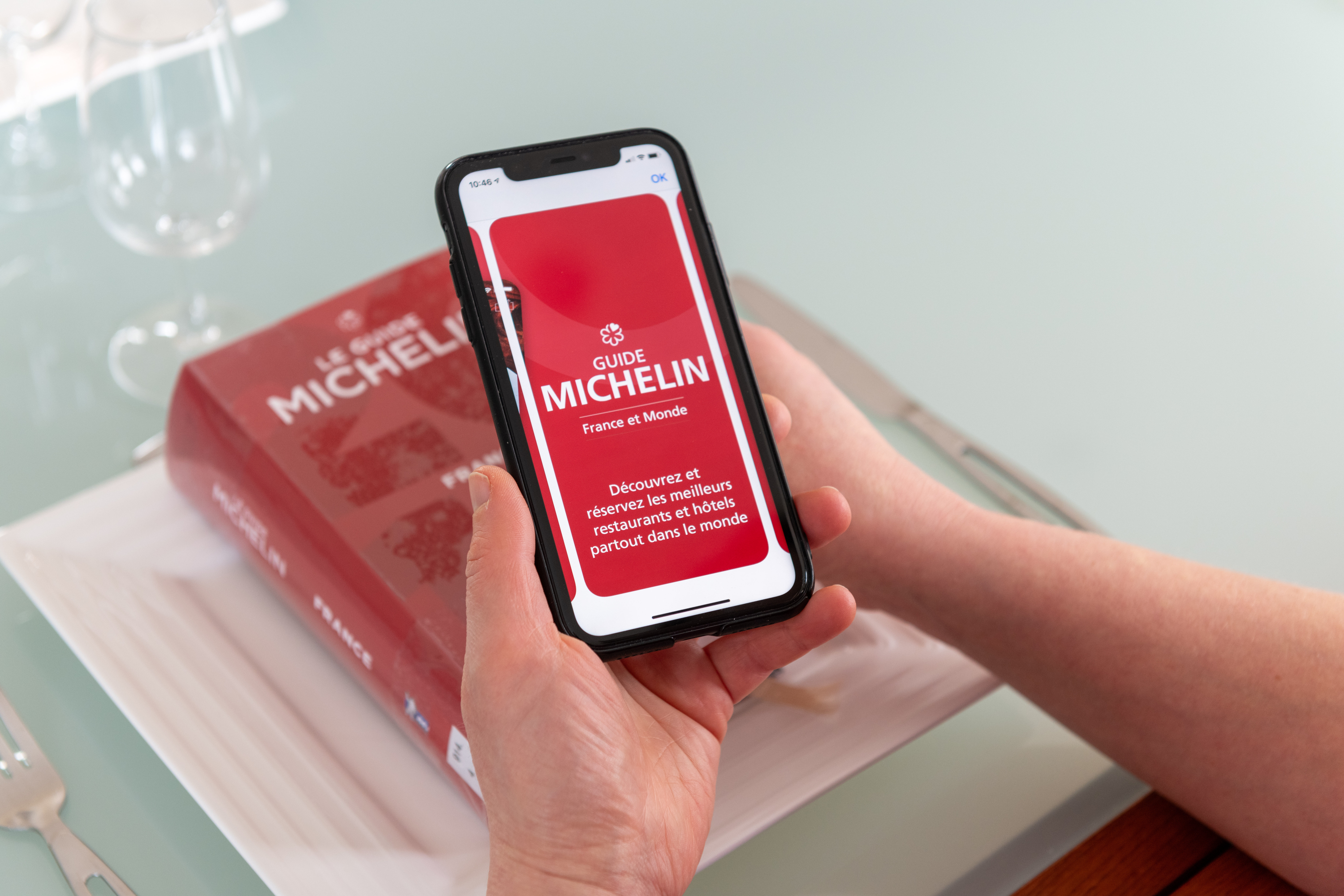What The 2025 Holiday Shopping Season Can Teach Travel Marketers
As shoppers head into the 2025 holiday season, Adobe Analytics forecasts slower online sales growth just 5.3% year-over-year, compared with nearly 9% last year. Consumers are becoming more intentional, clustering spending around events like Black Friday and Cyber Monday, leaning on “Buy Now, Pay Later” tools, and showing a willingness to splurge selectively on premium goods.
At first glance, that might look like retail-only news. But for destination marketers (DMOs), this holiday outlook signals deeper shifts in consumer psychology — shifts that favor experiences, place-based storytelling, and emotional value over material products. Building holiday experiences in your destination is no longer optional — it’s a strategic imperative.
The Experience Economy Is Holiday’s New Frontier
The momentum behind experiential spending is real and measurable:
– A recent survey found that 82% of Americans say they’d rather receive an experience than a physical gift. (mytotalretail.com)
– GetYourGuide data suggests 92% of Americans would prefer an experiential gift over a physical one this holiday season. (travelagentcentral.com)
– Retail research from JLL shows consumers are allocating 23% of their holiday budgets to entertainment and immersive experiences, even as gift budgets tighten. (jll.com)
– PwC’s 2025 Holiday Outlook notes that while average gift spending is down about 11%, travel and entertainment budgets are holding nearly steady (with a projected 1% increase). (pwc.com)
These data points converge on one essential insight: in a season where consumers feel price pressure, experiences outperform things in perceived long-term value. Travel is uniquely suited to step into that gap.
Building Holiday Experiences in Your Location: Why It Matters
When travelers no longer just want “stuff,” they look for stories, connections, and memories. Your destination can deliver on that promise in ways that retail cannot. Here’s how:
1. Anchor holidays in place-based offerings. Design experiences tied to your local culture, weather, or traditions — like winter light shows, holiday markets, food tours, or community workshops. These experiences can’t be shipped in a box.
2. Offer immersive, themed multi-day itineraries. Rather than selling a hotel night, sell a curated “Holiday Magic in [Destination]” package that weaves together guided walks, artisan markets, festive dinners, and morning brunches. The longer a guest stays, the more memories you create.
3. Elevate with premium add-ons. Consumers are still willing to trade up selectively. Offer VIP access, private after-hours tours, candlelit carriage rides, or chef-hosted dinners.
4. Create micro-events as touchpoints. Pop-up concerts, craft fairs, light displays, and photo-worthy installations drive both local pride and out-of-town visitation.
5. Incorporate flexibility and low-friction booking. Match the “book now, pay later” retail trend with flexible deposits or installment plans that make saying yes to a trip easier.
The Rise of the “Deal Window”
Adobe expects 17% of all holiday sales to occur during the five-day stretch from Thanksgiving to Cyber Monday nearly triple the concentration from a decade ago. Consumers are timing their spending around moments of peak visibility and perceived value.
For travel marketers, this is a roadmap. DMOs can use these retail “deal windows” as strategic amplification moments, aligning booking pushes and paid media around the same days consumers are primed to spend.
– Launch a “Travel Tuesday” or “Holiday Getaway” sale the week after Black Friday.
– Use countdowns, early-access lists, and flash offers to create urgency.
– Coordinate with local hotels, attractions, and restaurants to bundle offers — so a single booking feels like an all-inclusive win.
In short, don’t sit out the sale season. Ride the wave of attention it creates.
Consumers Still Splurge But Selectively
Even as overall spending growth slows, Adobe notes that shoppers are trading up to higher-priced items in select categories. People aren’t necessarily spending less; they’re spending smarter and more meaningfully.
That trend mirrors what we’re seeing in travel: post-pandemic consumers want fewer trips, better trips. They’ll pay for private tours, luxury stays, or immersive local experiences but only if the perceived value is clear.
DMOs should lean into this mindset by:
– Promoting premium tiers: spotlight “behind-the-scenes” or “locals-only” experiences that justify higher price points.
– Framing exclusivity: limited access or seasonal experiences (like winter wine trails, artisan markets, or holiday-light tours) can trigger the same “act now” impulse as retail drops.
– Emphasizing transformation: travelers aren’t just buying a room — they’re buying a story to tell when they get home.
Flexibility Fuels Confidence
The article also highlights a sharp uptick in Buy Now, Pay Later spending expected to drive over $20 billion in online transactions this season. Consumers want flexibility, not just savings.
For travel, this is a direct cue to reduce friction in the booking journey. “Book now, pay later” can mean several things:
– Installment payments through partners like Klarna or Affirm.
– Smaller upfront deposits with flexible cancellation.
– Early booking with balance due at check-in.
DMOs can use this to expand access. A payment plan doesn’t cheapen the brand — it empowers travelers to commit sooner, especially for multi-night or family packages. Frictionless booking is the new incentive.
Compete on Value, Not Discounts
Retailers are holding steady on average discount depth (around 28% off, same as last year), proving that deeper discounts don’t automatically drive more conversions. What matters is perceived value.
For DMOs, that’s the difference between cutting rates and crafting value-add experiences:
– Instead of a “20% off room rate,” offer a “Stay + Dine + Discover” package that includes a meal credit or local attraction pass.
– Instead of a generic “holiday getaway,” build a story: “48 hours of cozy charm in the heart of downtown lights.”
These approaches frame travel as an emotional purchase, not a transaction. The result: better margins, stronger brand affinity, and more memorable visitor experiences.
The AI Effect: How Discovery Is Changing
Adobe’s report also notes a 520% increase in AI-driven traffic during the holiday season — meaning more consumers are using generative search, chatbots, and personalized recommendations to guide purchase decisions.
For travel, this is a clear warning and opportunity. The traveler’s discovery path is now algorithmic.
DMOs should optimize for AI-assisted discovery by:
– Building content that answers specific, conversational search queries (e.g., “best winter weekend getaways near Nashville”).
– Deploying AI chat tools or trip-planning assistants on their websites to guide visitors through itineraries.
– Structuring content around value-rich micro-moments — short videos, interactive maps, or “locals recommend” snippets that algorithms love to surface.
Read More Here:
Is Web Traffic the New Vanity Metric?
What the Amazon Can Teach You About AI + Content
Timing Is the New Targeting
As shopping compresses into fewer high-intensity windows, the marketing calendar becomes more critical than ever.
DMOs should:
– Front-load awareness: use teaser campaigns and content in early November to warm up audiences.
– Peak during the frenzy: concentrate paid search, video, and retargeting around the Thanksgiving-Cyber window.
– Sustain momentum: keep storytelling alive into January when travelers shift from shopping to planning.
Think of your campaigns as an arc, not a spike | awareness → urgency → conversion → retention.
Destination Marketing’s Holiday Opportunity
The holiday slowdown in retail isn’t bad news it’s a reset. Consumers are slowing down to spend smarter, but they’re still chasing experiences that feel worth it. Travel has a natural advantage here.
A great DMO holiday strategy should mirror retail’s best plays urgency, exclusivity, personalization while centering on experiences. The key is to make travel feel like a meaningful gift, not a bargain-bin purchase.
As the retail world battles for attention, destination marketers can claim the higher ground the promise of memory, connection, and renewal.
This season, as shoppers fill carts, help them fill their calendars.
Learn more about how we can help you adapt to the evolving marketing landscape and ramp up your efforts.
Share This Story
November 21, 2025
This week, Chef Grant Achatz announced something almost unthinkable: for the first time since Michelin arrived in Chicago in 2011, Alinea dropped from a 3‑star to a 2‑star rating. That leaves just 13 three‑star restaurants in the United States. 20 Years of Innovation For nearly two decades, Alinea has represented reinvention. Even its name, taken from the symbol for a new [...]
November 21, 2025
How Canva’s New Creative OS Transforms Content for Travel Marketers Canva has officially unveiled the largest product launch in its history, an overhaul so big they’re calling it their new Creative Operating System. For travel marketers, this update represents a fundamental shift: Canva is no longer just a design tool. It’s now a mission-critical platform for planning, creating, distributing, and [...]
November 20, 2025
We talk a lot about culture, in part because culture always tells you where technology stands. Culture does this long before the analysts do, you just have to listen to the language people use. The term for this new language is a retronym: something added after the fact to differentiate the original from the new. Retronyms appear when culture needs new [...]





 Ad Choices
Ad Choices